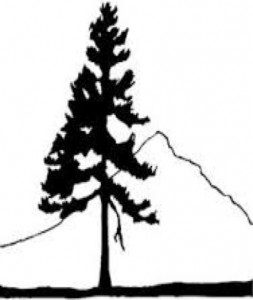“When brush is burned, on a windy day
It’s bound to spread and get away,
And burn his neighbor’s fence and trees.
Use your head, will you please?”
~ From a 1943 handbook for forest firefighters
All hell broke loose last Thursday as Santa Ana winds – often referred to as
devil winds – swept across California causing death and destruction. The Camp Fire in northern California is considered the deadliest in state history. Closer to home, the Woolsey Fire has burned 97,000 acres (as of press time). Until fully contained, the disturbing statistics will likely rise.
The Crescenta Valley has known the ravages of Santa Ana-driven fires over the years, but to a lesser degree than the current fires. So, what’s going on with all these wild fires?
While climate and weather are two main forces driving California’s wildfires, new research indicates more fires are ignited by people than nature.
Southern California’s arid semi-desert climate invites fire. The summer is hot and dry. Autumn is normally dry, sometimes hot, with low-humidity and Santa Ana winds. Winter is rainy season, but rainfall typically averages only 15 inches. Something else is going on as well, which intensifies these climatic particularities. The Western U.S. regional temperatures have increased 2 to 3°F since the 1970s. Big deal, you may say. Actually, it is a very big deal.
Due to these few degrees, snowmelt is occurring a month earlier in some places and the length of fire season has increased by almost three months. Vegetation dries more quickly, making it more likely to burn. Call it climate change or global warming; the effect is the same.
As said, humans are to blame for most fires. How? John Keeley, a U.S. Geological Survey ecologist has studied 100 years of fire records. Arson and downed power lines top his list, with debris burning, weed whackers, vehicles and campfires following. Palm trees should be illegal as they become flaming torches if ignited, spreading embers as the winds blow. The above words, from the 1943 handbook, apply in 2018!
An offshore flow keeps the weather dry and warm to finish off the week. Then an onshore flow will establish over the weekend and continue into next week. The accompanying low clouds and fog will be heralded, as they are nature’s best medicine for extinguishing wildfires. Murmurs and differing predictions are coming from NWS meteorologists. As it has been said: “It’s up in the air!” … for now.
Sue Kilpatrick is a Crescenta Valley resident and Official Skywarn Spotter for the National Weather Service. Reach her at suelkilpatrick@gmail.com.
